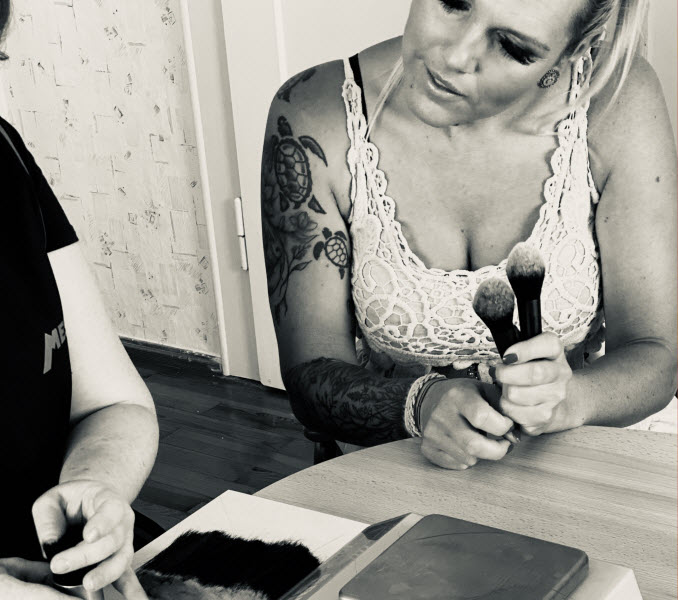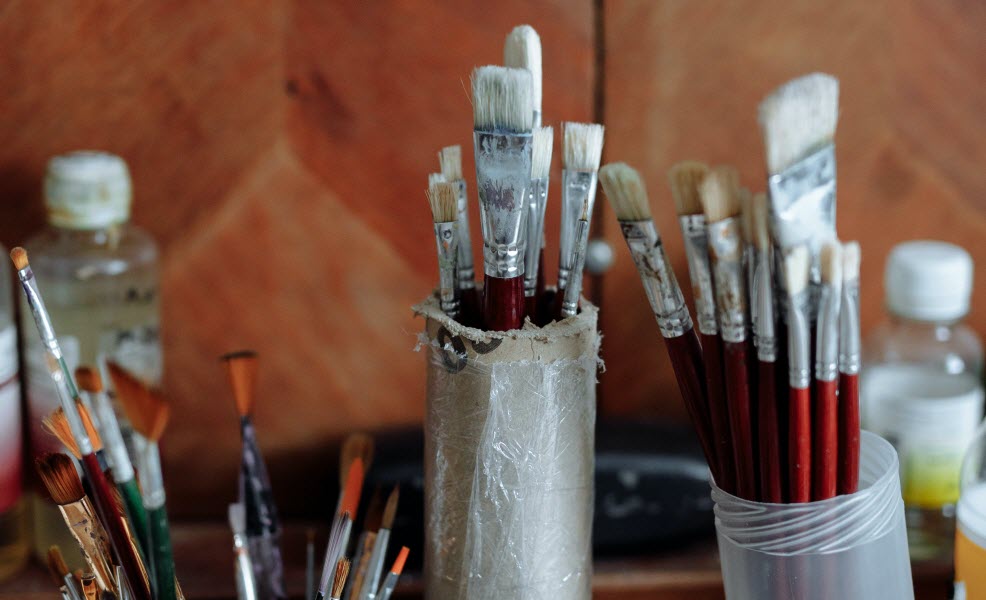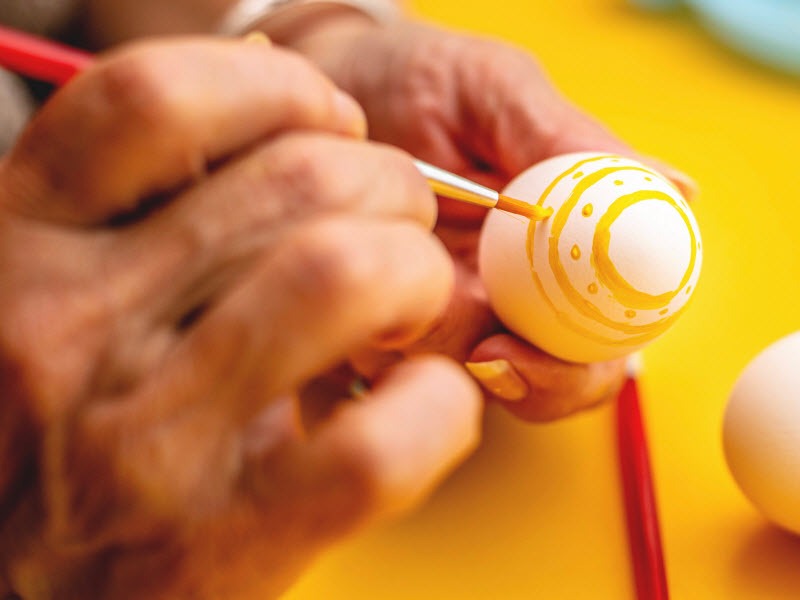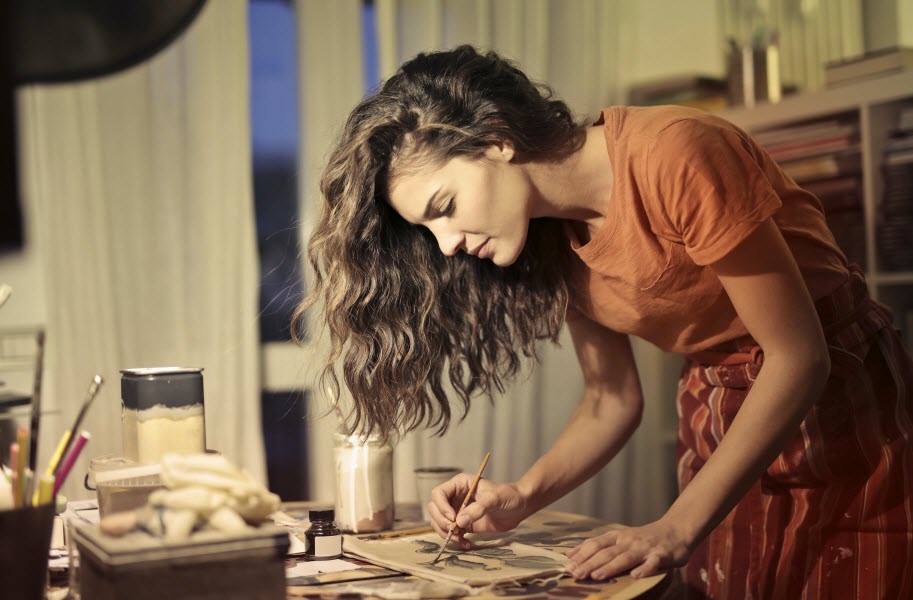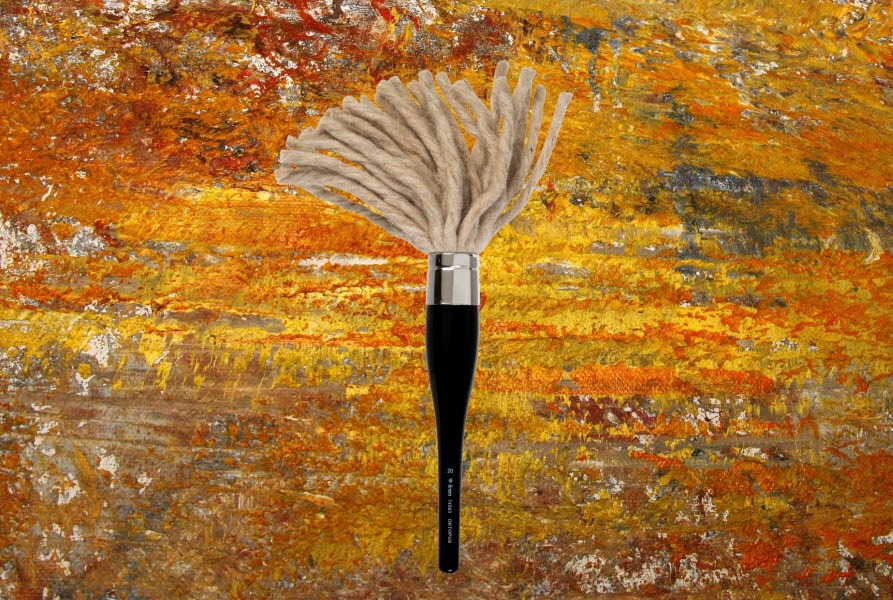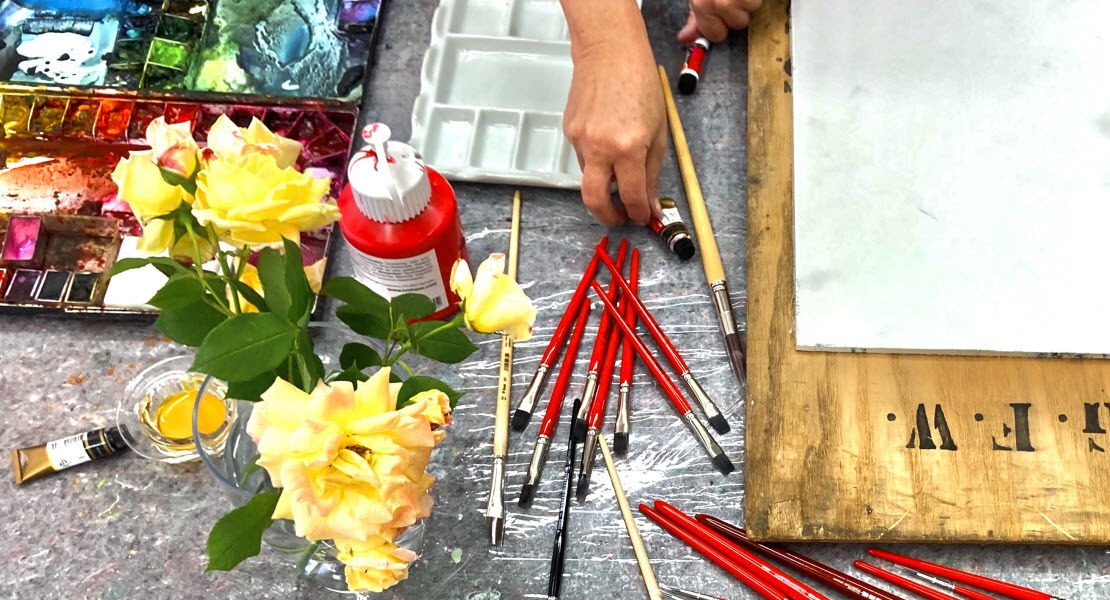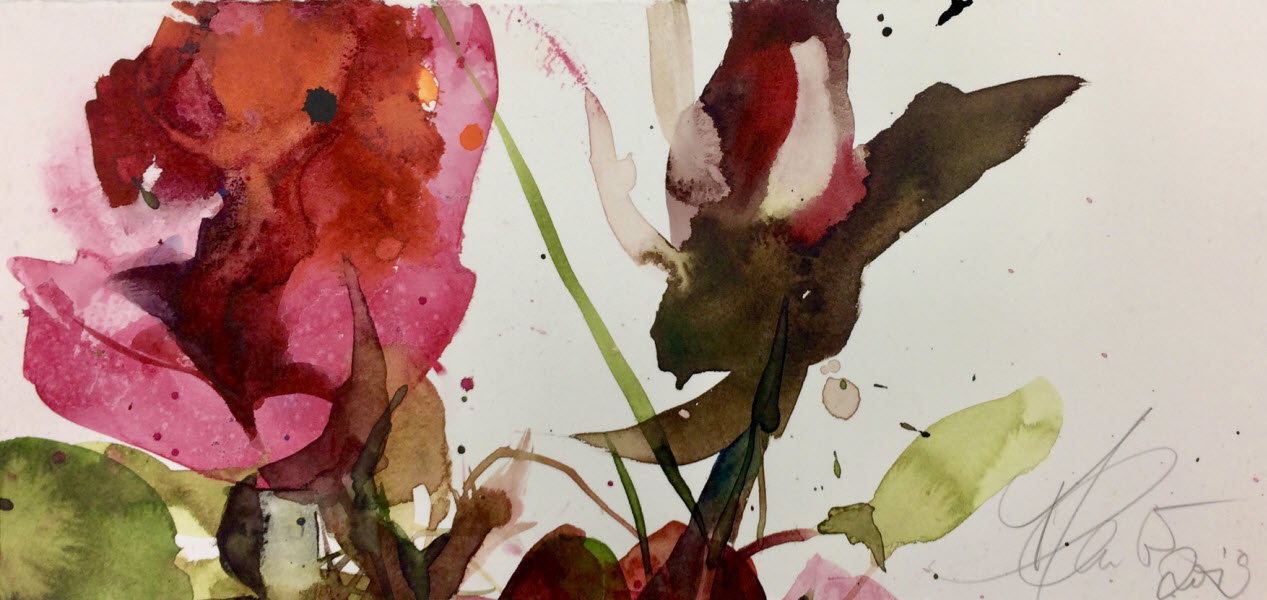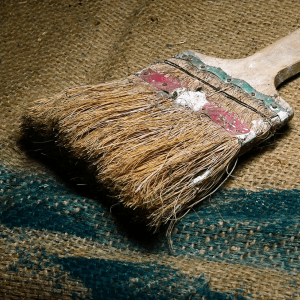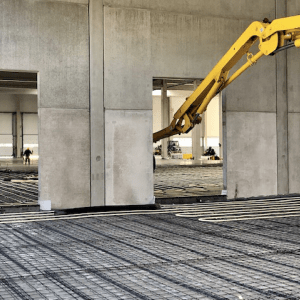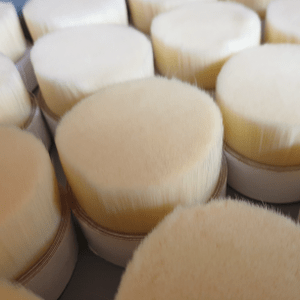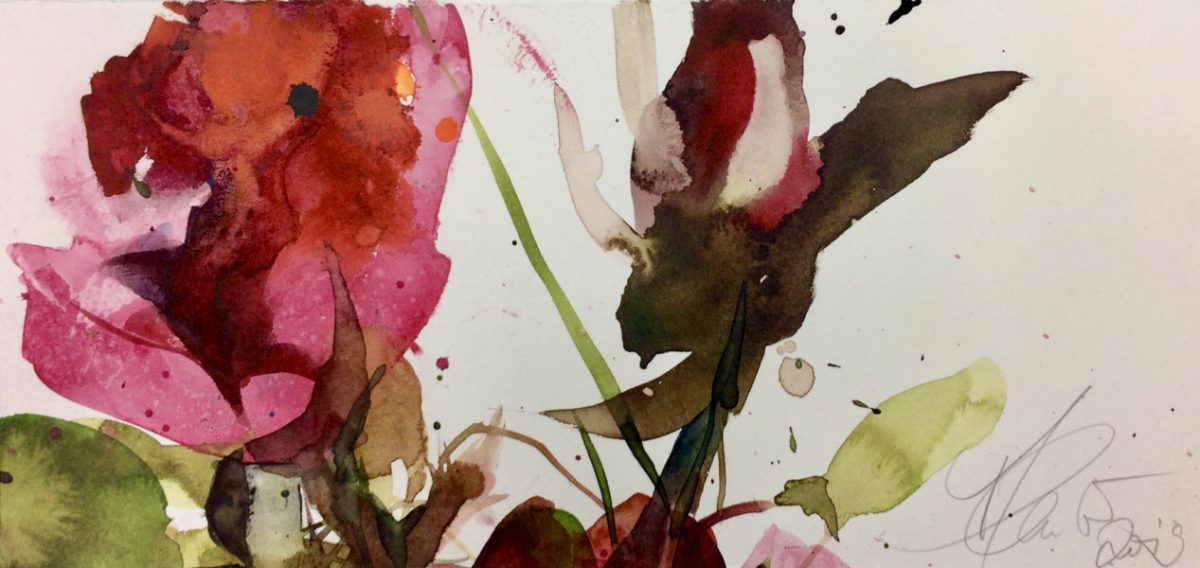 There is nothing nicer than pulling a clean, fresh brush out of the pile. You start painting with an amazing brush with a perfect tip. Lovely! Ideally, your brushes will remain in good condition for as long as possible. Taking proper care and maintaining them regularly is the key. However, at some point, even the best artist brushes will start to show signs of ageing. In this article, we will try to explain how to get the best out of your brushes.
There is nothing nicer than pulling a clean, fresh brush out of the pile. You start painting with an amazing brush with a perfect tip. Lovely! Ideally, your brushes will remain in good condition for as long as possible. Taking proper care and maintaining them regularly is the key. However, at some point, even the best artist brushes will start to show signs of ageing. In this article, we will try to explain how to get the best out of your brushes.
Use your artist brushes longer
Without a doubt, dirty brushes are the downside of being an artist. After a long and productive day in the atelier, it can easily happen that some of our brushes are accidentally forgotten. As soon as the paint starts drying up, the next day’s challenge begins. Some of our brushes however have already served us well for quite some time, often years, and they just started showing first signs of fatigue. That’s why we have asked seasoned artists and lineo brush makers to share their knowledge & all the tricks they have up their sleeves for bringing ageing brushes back to life. We really hope these tricks will help you find new joy with old brushes.
1. Clean your brushes after painting
After painting with acrylic paint, make sure the paint does not dry up. Once it’s dry, it will no longer be soluble and will form a plastic-like texture. You can still get it off the ferrule, but it is going to stick to the hair.
When washing your brushes, make sure to clean the brushes ferrule properly. Once dry, the paint will be difficult to remove. Remaining paint covering the hair at the base will prevent the brush from forming a nice tip.
2. Regular cleaning
We have already explained how to clean and care for brushes. It is very important to repeat washing and rinsing until soap and water are running clear. Also, make sure the water is as warm as it feels pleasant for your hands. It should not be too hot as this might damage the wooden handle and the glue inside the ferrule.
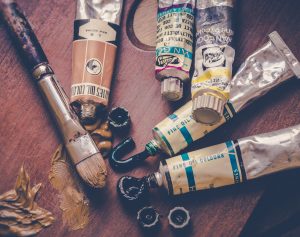
3. The alternative to solvents
In any case, this tip is going to smell nice. We are talking about baby oil 🙂 It does not only smell good, it will also make cleaning your brushes a lot easier and faster. After pre-cleaning your brushes by wiping them with paper or some kitchen paper, soak the brush heads in baby oil for about 5 to 10 minutes. The baby oil will help getting the remaining paint off so you can easily wash your brush with mild soap and warm water.
4. For ongoing brush care or rejuvenation
A true secret weapon can be found in your laundry room. Some artists are convinced that fabric softener is one of the best ways to keep your artist brushes nicely soft and pliable. Simply add two tablespoons of fabric softener to a glass of water. Leave your brush in the glass to soak for a while and rinse it.
Many artists swear by the rejuvenating effect of fabric softener. Simply put two tablespoons of fabric softener in a glass and dilute with water. Leave the brush to soak a little and rinse it thoroughly after. Repeat it periodically so the fabric softener will prevent the brushes hair from becoming brittle and from breaking off.
5. Cleaning & care with olive oil
The idea behind this amazing hack is to fight an oily base with oil. Apply the olive oil after cleaning the brush with soap and rinsing it with warm water properly. The olive oil will do the job for you. You will be surprised how much paint can be removed from a brush that should technically already be clean. The oil will also help to keep natural hair nice and soft.
6. Vinegar against nasty brushes
Sometimes it happens and brushes get dry, hard and nasty. Vinegar might be your solution then. Just heat up some of it and bathe the brush head in it. The paint will soften and you will be able to wash it out in some soapy water. Rinse off the brushes and they should be as good as new.
7. Form a tip with hair gel
If the hair of your acrylic brush is already old, stiff and frayed, you can still do something about it and make them look good and useable again. Simply form a beautiful tip with some hair gel. After drying, wash the brush thoroughly and soak it in fabric softener. You will be surprised about the result.
8. If nothing else helps
If nothing else really helps to bring the hair body back into shape or to get them into a useable condition again, there is one more thing that can be done. Stick the brush head in boiling water for a few seconds. This can help the hair reshape but be careful. Brushes do not like high temperatures. Heat can damage the wooden handles and the glue inside the ferrule. With an old brush, however, this risk can be taken.
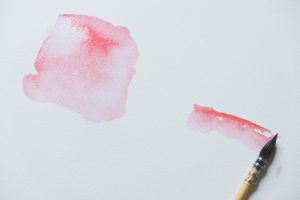
9. A must after washing
We always recommend forming a beautiful tip after washing. The tip should always resemble the original shape after purchase. To dry, put the brush heads up in a glass jar. You can also place it on some kitchen roll or preferably hang it upside down.
You might also be interested in

